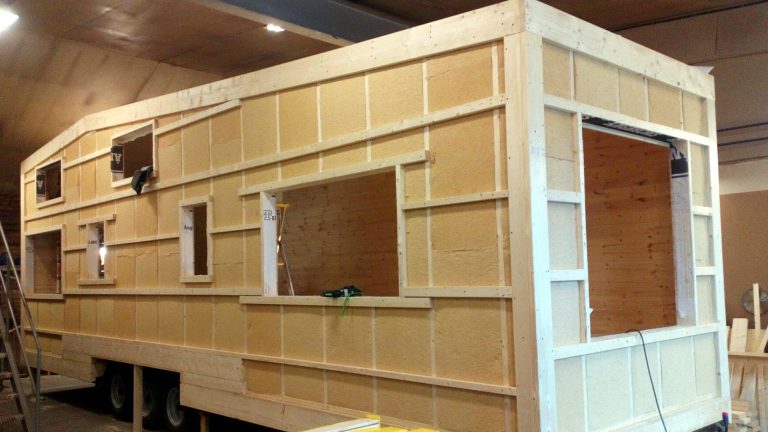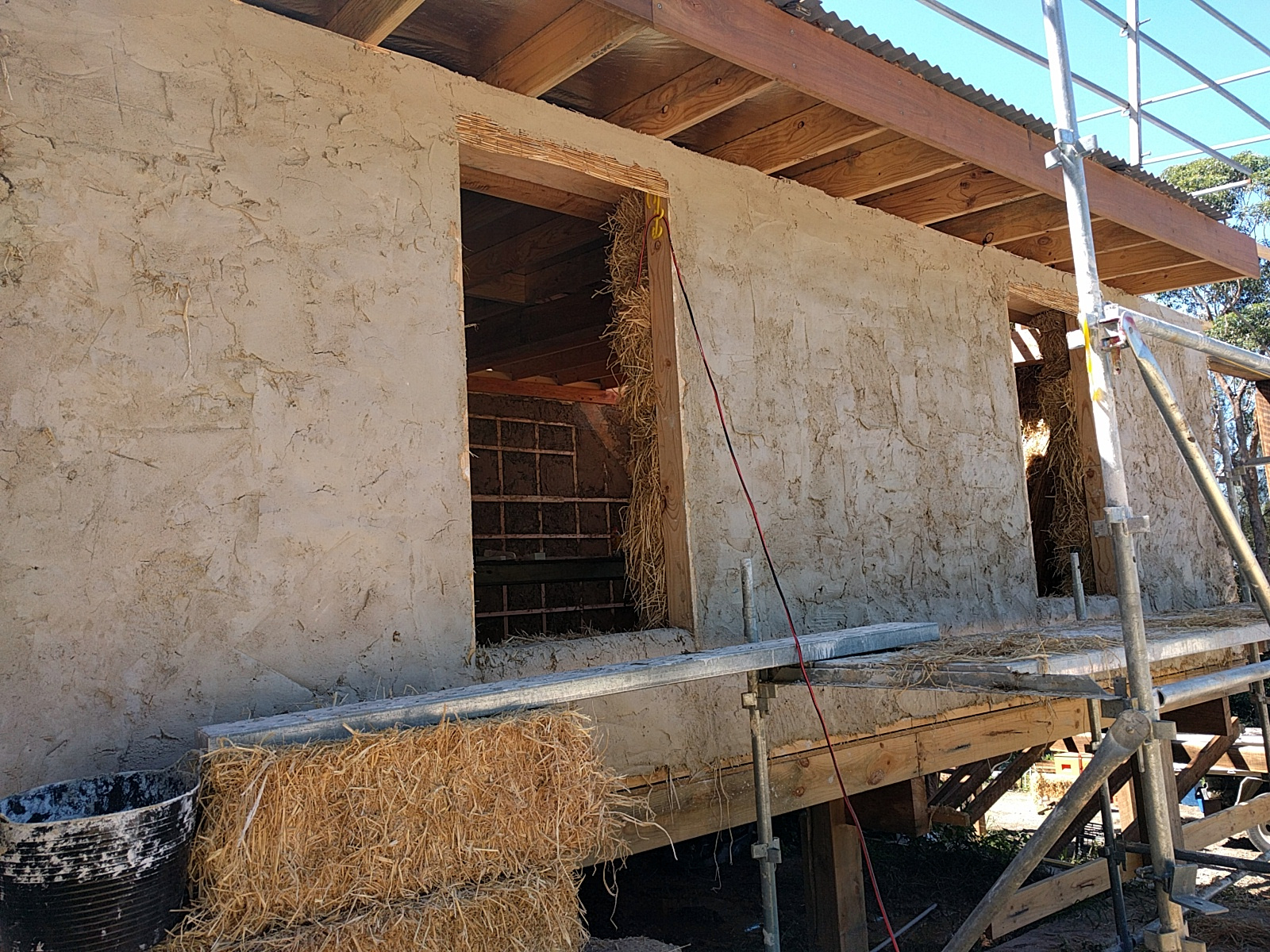Although we didn’t build our tiny house with our own hands, we decided on a lot of the details of the build. I loved dwelling on little details which would make the house even better. One such little detail was the covering of floors and walls. We had interesting conversations with our builder about it and I was reluctant to go with the easiest option. To me, what goes on my floor and on the walls is essential and nothing I wanted to compromise on. And here is why:
Off-gassing
It’s now a well-known fact that all floor covering, paint, furniture, and mattresses off-gas. Off-gassing means that any object will vend off certain smells which remain from the production process. You’ve probably smelled a new carpet before. It can smell pleasing to some and give headaches to others. That smell is essentially the off-gas.
Off-gassing is often linked to exhaust gases because, just as cars’ exhausts, they originate from petroleum. Most furniture has some form of glue in or on them which can be linked back to the petroleum industry.
Off-gases are also volatile organic compounds which can have adverse health effects. Headaches, eye, nose and throat irritations and even cancer can be traced back to the off-gases. And their levels are much higher indoors than outdoors.
These are aspects of ‘new’ I really wanted to avoid in my home.
But it’s not just the gases which escape after the house is finished I considered when choosing building materials. I also wanted the builders to be safe. If anyone has to wear a gas-masks to build my house, I really don’t want to live in that.
Natural and non-recyclable materials
Aside from any off-gases, I also looked at the life cycle of the material. For example PVC flooring. Polyvinyl Chloride is a very common building material and used just as much in pipes as in and flooring (among the many other uses of PVC). While PVC is a classic case for off-gases it also has issues due to its production and end-of-life use. PVC is produced solely for a specific purpose and cannot be recycled at the end of its life. Similarly to vinyl, it will end up in a landfill once its lifespan is reached. There is an increasing number of PVC recycled materials (the EU is a frontrunner with their Vinyl Plus campaign) but more often than not, it is not recycled.
The key is also to look beyond the label. PVC and Vinyl, for example, are often marketed as separate options while they are essentially the same. It helps to know the terminology a little bit.
For most non-recycled materials there are more natural options. To stay with floor and wall covering, materials like linoleum, cork, wood, and stone come to mind. These are all options which can be recycled at the end of their life, some even compost.
The advantage of natural materials is that they have fewer off-gases and tend to even add properties to the house. Cork, for example, can help to insulate the house, act hypoallergenic and insect-repellent. On top of that, it is a renewable resource, regrowing every eight to ten years.
The only stumble I have come across with natural building materials is that even these can have traces of petroleum in them. To stay with cork, if you’re working with a click system for your cork floor, it’s glued to wooden boards. This glue most likely originates from petroleum.
Mileage and sustainability
The last aspect I try to somewhat follow when I choose building materials is its mileage. We were building our house in Sweden so working with wood was a no-brainer. Other areas will have other resources. I try to stick with what is locally available as much as possible.
Unfortunately, a cork floor is more difficult to source locally in Northern Europe. Cork trees, or Quercus suber, are native to the Mediterian and North Africa. In cases like that I tried to look for guides on sustainable resources, sometimes also referred to as ecological resources. Every country will have their own sustainable certification and I tried to find out what they were and which materials fulfil the national (and possibly international) standard.
The question of mileage and sustainability is most likely the hardest in any building project. I won’t lie that we weren’t able to follow these criteria with every single decision on building materials for our house. It came down to budget and feasibility. The key for me was to be aware and to make decisions consciously, even if they were against my principles.




